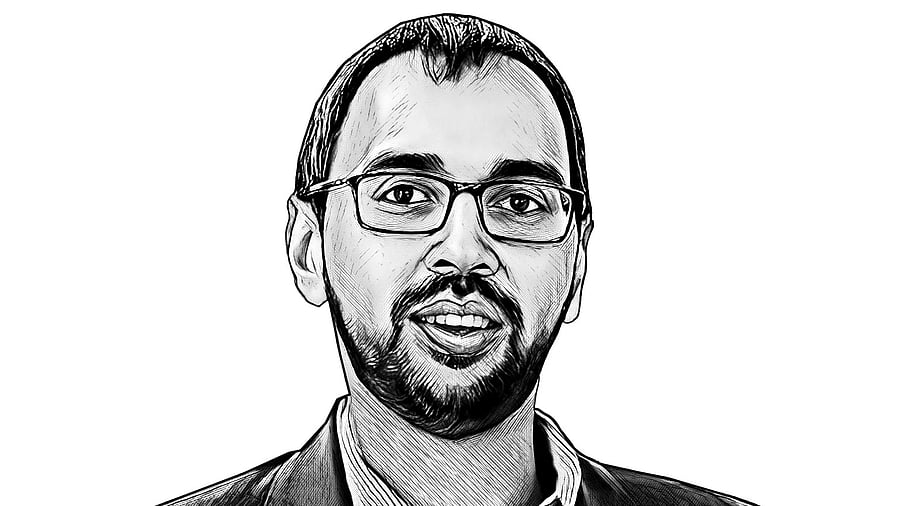
Every few months, the Indian rupee is back in the news, and usually for the wrong reasons. On September 4, 2025, it closed at 88.14 against the US dollar, having briefly recovered to 88.02 from an all-time low the day before.
The decline was triggered by persistent foreign fund outflows, US tariffs announcement, and the new GST rates (which provided only limited relief). What makes this decline more apparent is that it occurs at a time when the US dollar index is falling globally, indicating that the rupee’s weakness is rooted in fundamental, India-specific constraints.
For Indian investors, this could be a reminder that keeping one’s entire wealth in rupee-denominated assets could expose portfolios to a risk that is often underestimated—currency depreciation. Each time the rupee weakens, healthcare, travel, overseas education, and even investments become more expensive. The erosion of purchasing power is real, and it quietly chips away at wealth over time. So, the best move for an investor here is diversification, across geographies, asset classes, and currencies.
A global allocation protects against rupee weakness. It opens doors to innovation-led themes that India cannot yet replicate at scale. Consider sectors such as artificial intelligence, electric vehicles, biotechnology, or global technology platforms—areas where the US and other developed countries are the true hubs. Investing internationally is, therefore, is both a defensive hedge and an offensive strategy, where investors participate in growth engines shaping the future economy.
It also reduces concentration risk. India remains an attractive investment destination, but it is still an emerging market with its own set of vulnerabilities, which includes policy shifts, regulatory unpredictability, and geopolitical exposures. Having exposure across geographies smooths returns during India-specific downturns, creating a more resilient portfolio.
Despite recent regulatory tightening under the Liberalised Remittance Scheme (LRS), high-net-worth investors still have meaningful avenues to access global assets. Ultra HNIs and family offices often invest out of their companies / LLPs LRS limits are restrictive.
With U.S. rates at multi-year highs, one-year treasury bills currently yield around 4.5% in USD terms. For investors with surplus liquidity, this is a compelling short-term parking option that also provides dollar exposure.
But fixed income is just one end of the spectrum; equity and alternative products expand the opportunity set even further. Many of the world’s most dominant businesses, Apple, Nvidia, Microsoft, Google, are absent from Indian exchanges. These companies represent scale, innovation, and durable growth that domestic markets do not offer. A bouquet of international alternate products is available to cater to most needs. There are funds targeting absolute returns which are less correlated to market direction and structured efficiently from a taxation point of view, making them attractive diversifiers. Then there are strategies such as litigation financing and life settlement funds that provide independently generated income streams and decrease portfolio reliance on both equity and interest rate cycles.
Each of these avenues have its own risk-return trade-offs, but they all exemplify the wide range of opportunities that international diversification can offer.
From a generational standpoint, many long-term family needs are paid for in dollars or foreign currencies for things like international medical care, education abroad, moving to other countries, and even estate planning. By holding a portion of wealth internationally, families can ensure that their purchasing power is preserved across decades, rather than being eroded by the vagaries of Rupee depreciation.
None of this is to suggest that India is not investable. Quite the opposite, in fact. India is undergoing a historic transformation, and the opportunities domestically are immense. But transformation also brings volatility, regulatory changes, and periods of disruption. The prudent response is not to retreat from India but to ensure that one’s portfolio has a global dimension to withstand shocks and capture opportunities abroad.
In a world where capital flows seamlessly across borders, the true risk is not volatility, but keeping all your wealth confined to a single currency.